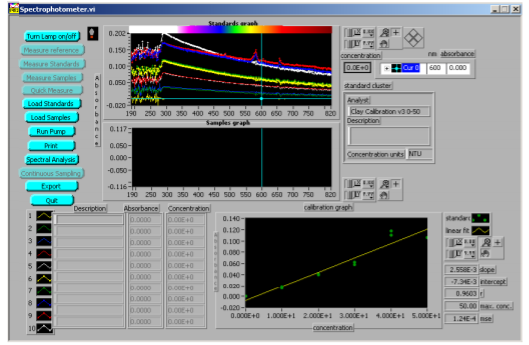Tanapong Jiarathanakul, Jason Koutoudis, Mingze Niu
Abstract
The modification of AguaClara sand filtration unit by coating the media surface with PACl was investigated in this research in order to remove arsenic from contaminated influent. This process is called adsorptive media filtration, which is one of the emerging technologies in water treatment processes. In order to ensure accurate arsenic analysis, the graphite furnace atomic absorption spectrometer (GFAAS) was aligned and calibrated extensively. Since the pre-programmed sampling procedure by the GFAAS had been proven ineffective in measuring low arsenic concentration, two specialized analytical methods called multiple injection method and large injection method were created to detect arsenic at low concentrations. These methods lowered the detection limit of arsenic concentration by the GFAAS down to 2 µg/L. In the experimental preparation, an upflow sand filter column was fabricated using a 1.20 m transparent PVC pipe with 0.622-inch inner diameter. The sand bed depth was 87 cm. Two peristaltic pumps were connected to stock solutions: coagulant (PACl) and groundwater with diluted arsenic concentration at 100 µg/L. In this experiment, both pre-treatment and co-treatment methods were employed. Using an approach velocity of 1 mm/s, the results showed the arsenic removal efficiency during the first 80 minutes of the experiment was at least 97%, which validated the removal efficacy of adsorptive media filtration technique.



